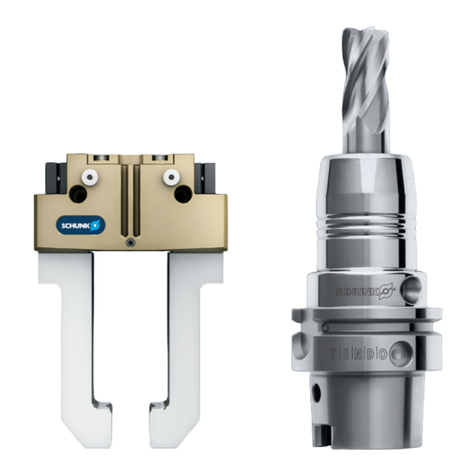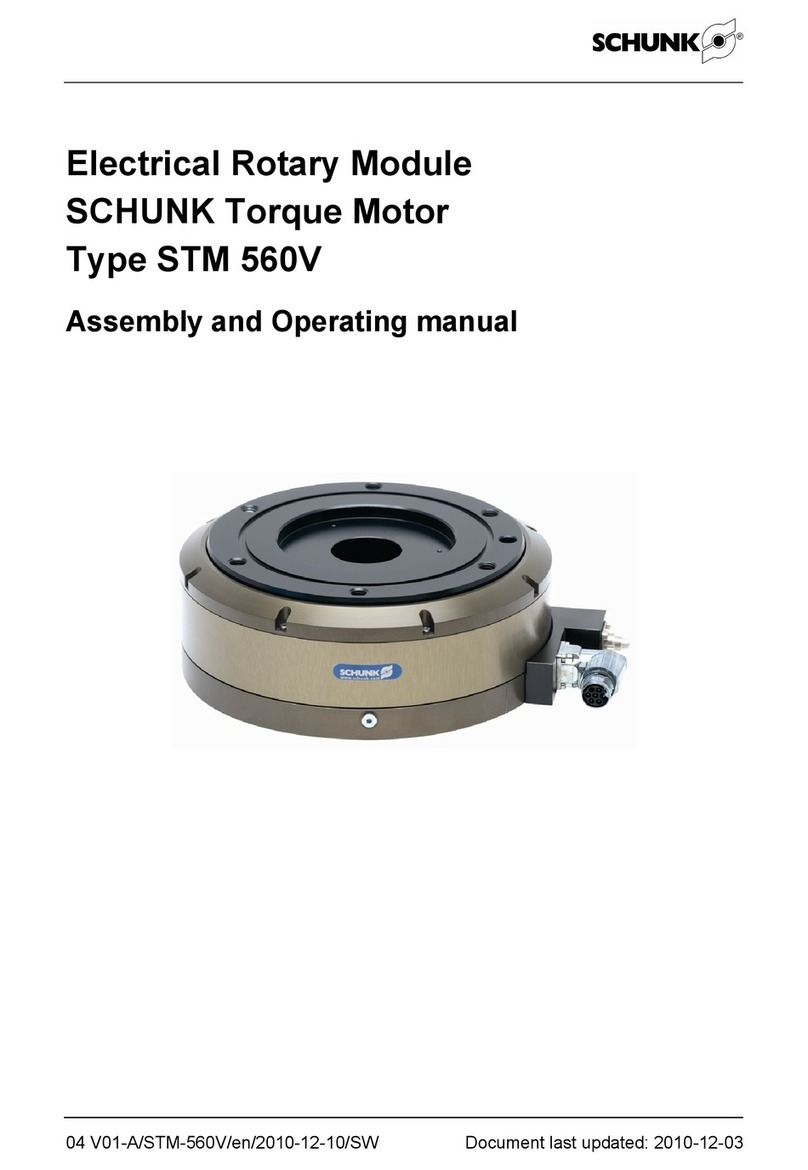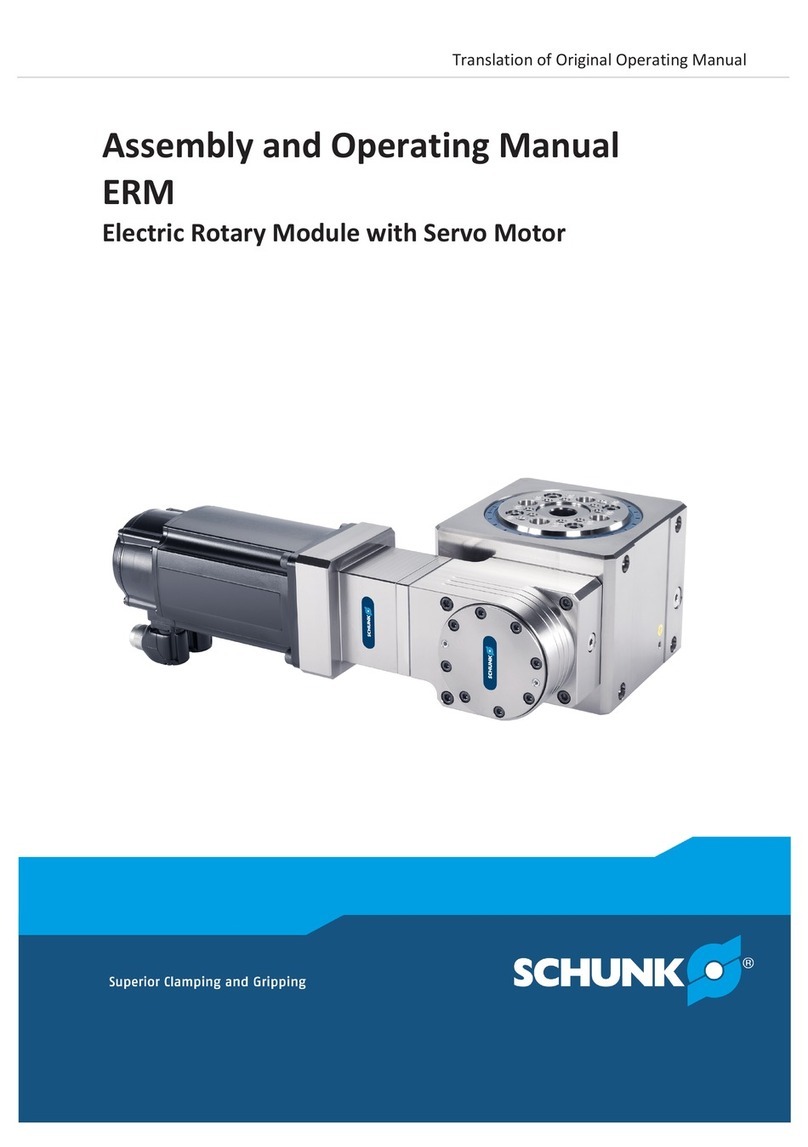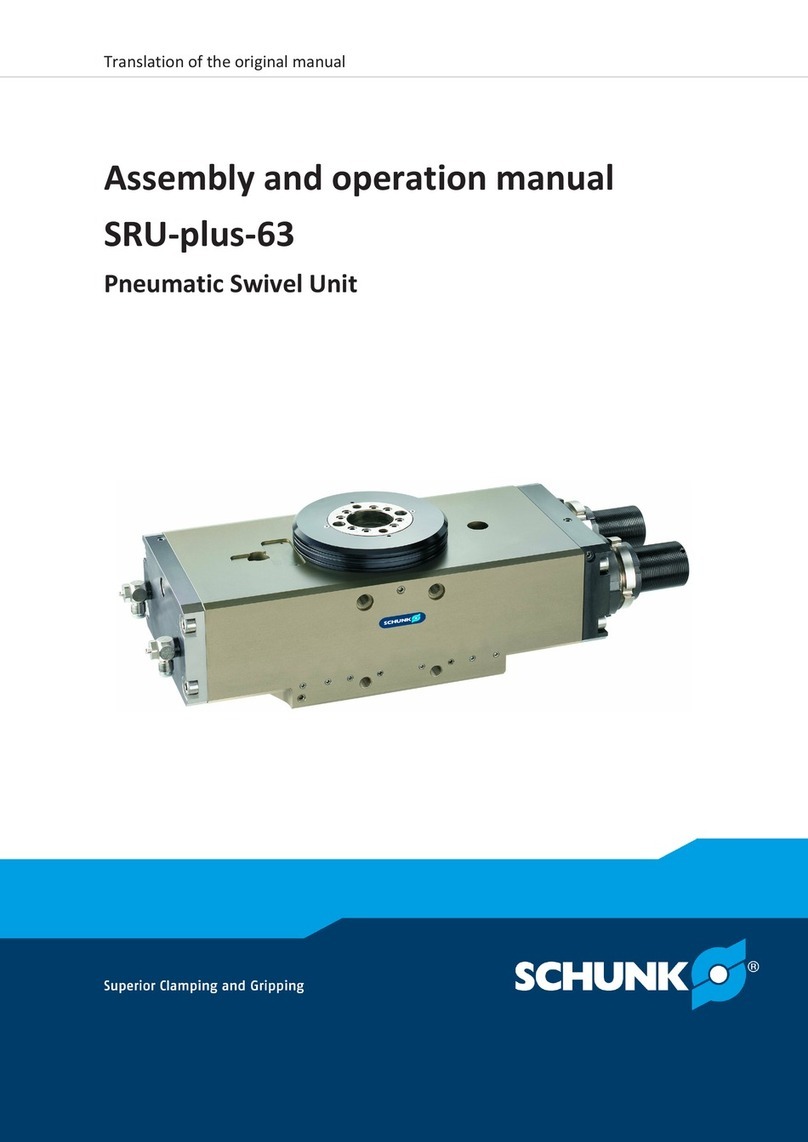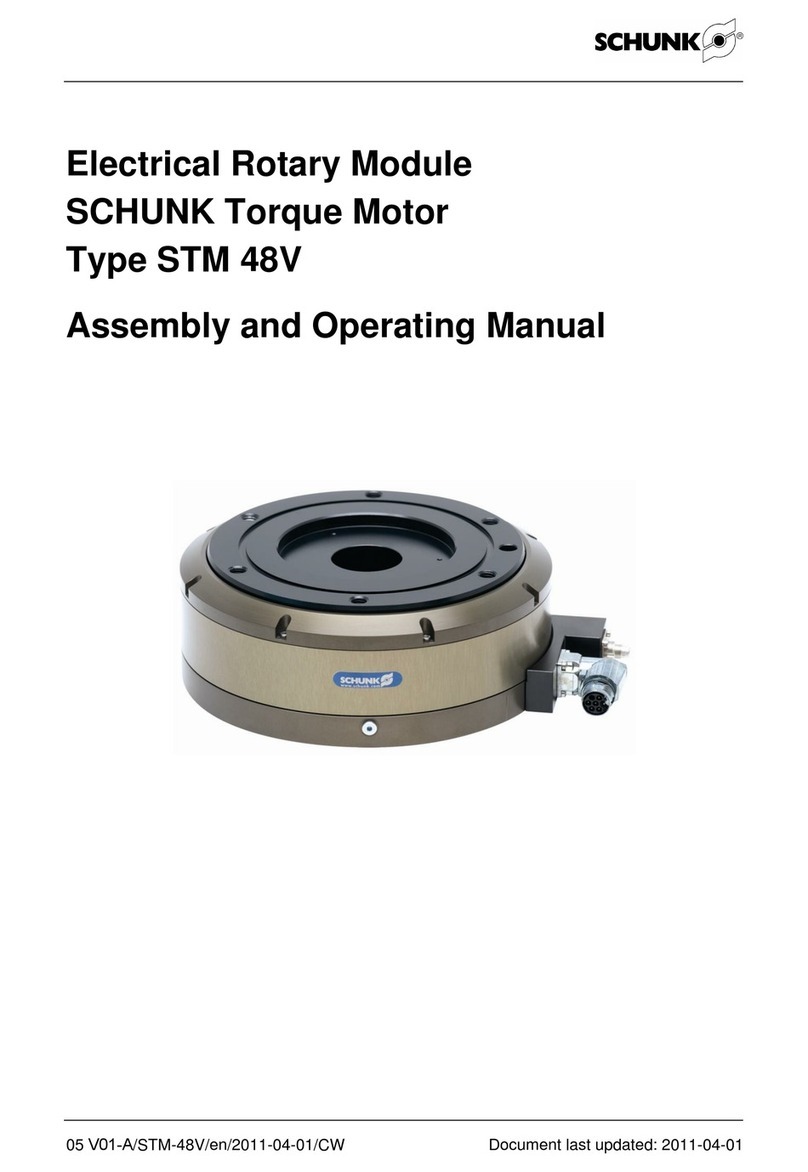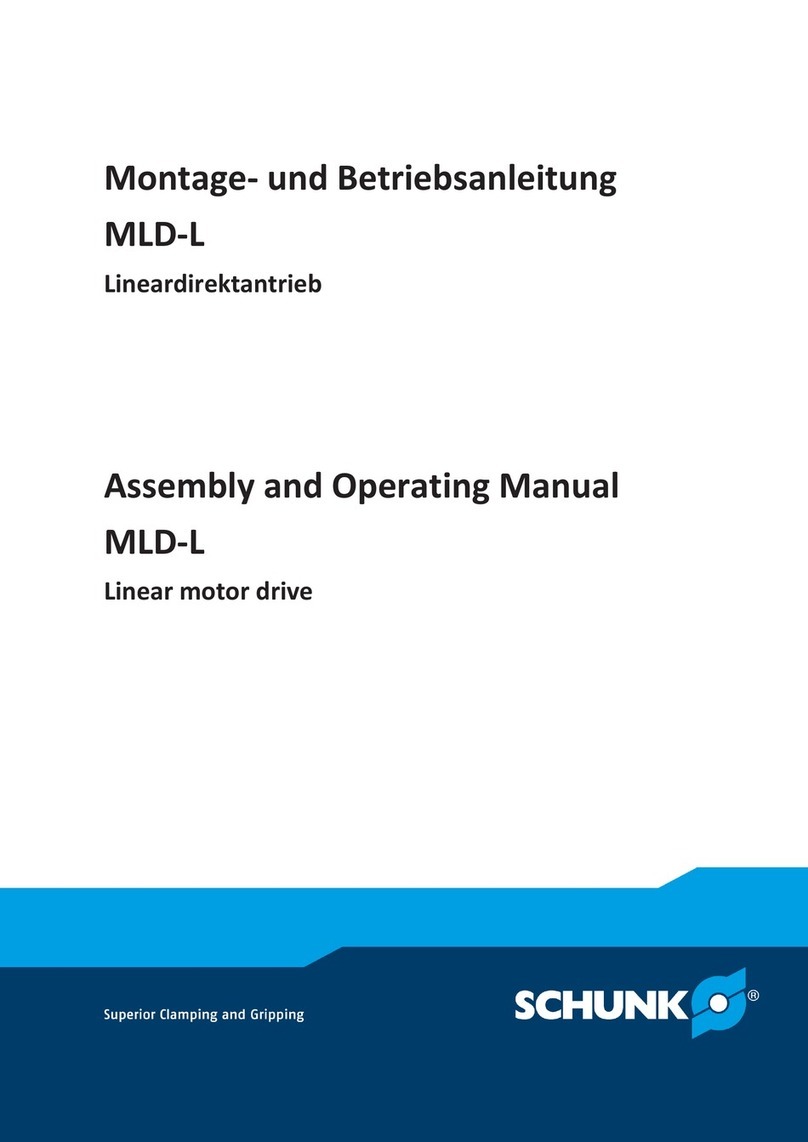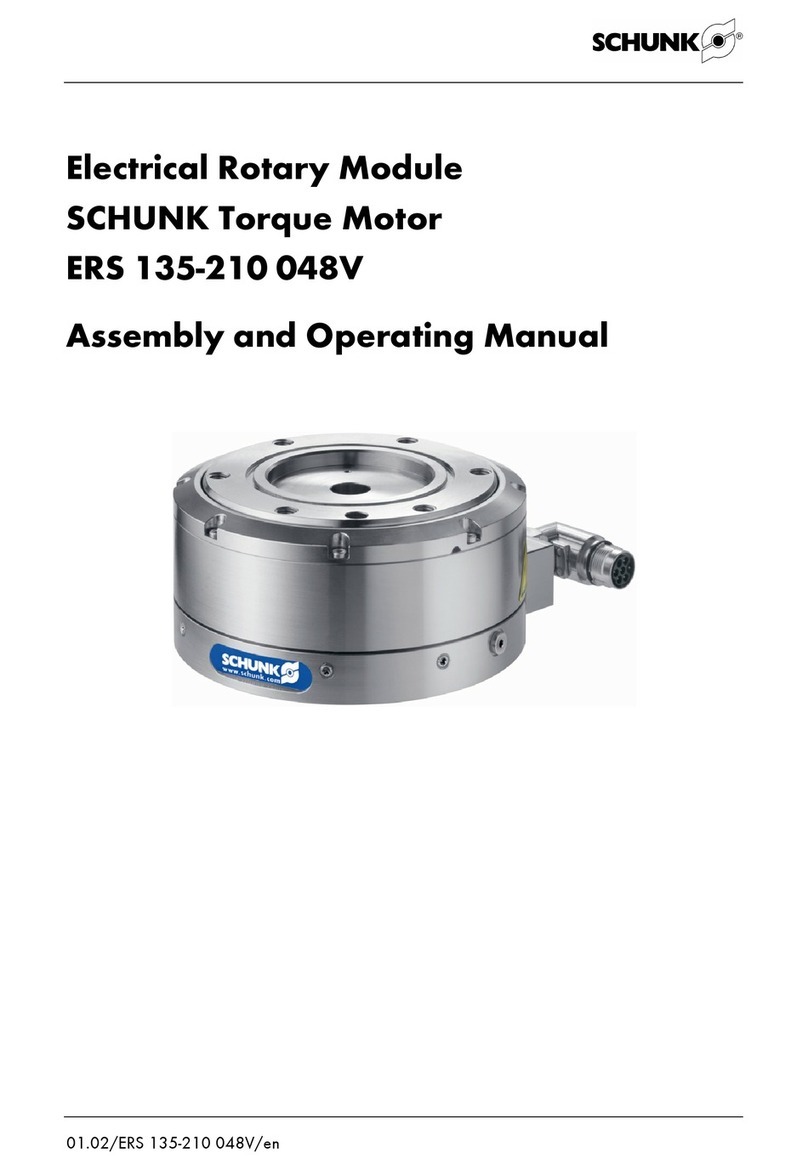
Table of Contents
03.00 | MFT | Assembly and operating manual | en | 389545
3
Table of Contents
1 General.................................................................................................................... 5
1.1 About this manual ................................................................................................ 5
1.1.1 Presentation of Warning Labels ...............................................................5
1.1.2 Applicable documents ..............................................................................6
1.2 Warranty .............................................................................................................. 6
1.3 Scope of delivery .................................................................................................. 6
2 Basic safety notes ................................................................................................... 7
2.1 Intended use......................................................................................................... 7
2.2 Not intended use.................................................................................................. 7
2.3 Constructional changes ........................................................................................ 7
2.4 Spare parts ........................................................................................................... 7
2.5 Recommended Spare Parts .................................................................................. 8
2.6 Environmental and operating conditions ............................................................. 8
2.7 Personnel qualification......................................................................................... 8
2.8 Personal protective equipment............................................................................ 9
2.9 Transportation and Protection during Transportation......................................... 9
2.10 Safety Precautions.............................................................................................. 10
3 Technical Specifications ..........................................................................................11
4 Description and function.........................................................................................14
4.1 Description ......................................................................................................... 14
4.2 Spindle Operation and Media Selection ............................................................. 15
5 Assembly and settings ............................................................................................16
5.1 Mechanical connection ...................................................................................... 16
5.2 Pneumatic Connection ....................................................................................... 16
5.3 Electrical Connections ........................................................................................ 19
5.4 Initial Operation ................................................................................................. 20
5.4.1 Media Considerations.............................................................................20
5.4.2 Tool Position and Programming .............................................................21
6 Maintenance and repair..........................................................................................22
6.1 Routine Operational Maintenance..................................................................... 22
6.2 Media Replacement ........................................................................................... 22
6.3 Boot Replacement .............................................................................................. 23
6.4 Air Motor Replacement...................................................................................... 24
6.5 Sensor Replacement........................................................................................... 25
6.5.1 Sensor for monitoring: Spindle extracted (Option-F) .............................25
6.5.2 Sensor for monitoring: Spindle retracted (Option-R) .............................26
